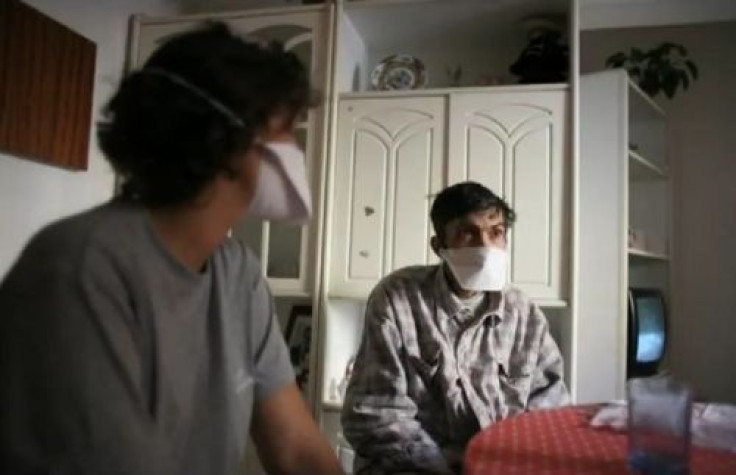How the Strategy to Eliminate Tuberculosis Backfired

In January, 22-year-old Amol Dhuri was diagnosed with extensively drug-resistant tuberculosis. However, the laboratory that tested him was not accredited to perform that kind of testing. Though India requires testing from an accredited laboratory for the stronger drugs, there is not a single accredited laboratory in the largest city of India.
That is why Dhuri was not given the correct medication for his strain until this week. In the meantime, he was given a free cocktail by the government that was mostly comprised of medications that he was resistant to. That combination could be deadly: taking an incomplete cocktail could raise the risk of becoming resistant to those medications. In addition, for months, Dhuri was a carrier for tuberculosis and could have been spreading it around to anyone with whom he kept in contact.
Tuberculosis, lung illness and the second deadliest infectious disease behind HIV, has been largely eradicated in developed countries like the United States and those in Western Europe. However, the disease has flourished in much of the developing world, particularly drug-resistant strains. In one neighborhood in South Africa, a 2010 study found that 40 percent of patients with multi-drug resistant tuberculosis, and 51 percent of tuberculosis patients with a higher form of drug resistance, died within 30 days of their initial diagnosis. That is bad news for a country like India, whose policy dictates that patients are not even tested for drug-resistant strains until 14 days after their initial diagnosis.
Ten years ago, the World Health Organization developed a policy that targeted the strains of tuberculosis that were easiest to cure. That policy, however, gave rise to the deadliest and most drug-resistant strains, including some strains that are resistant to each of the 12 medications that doctors have in their cannon.
That finding has caused the WHO to overhaul their policy, asking countries to target the disease in a two-fold manner: both the drug-resistant strains and the easier to cure ones. That will be difficult in many cash-strapped countries, however. In India, it costs $9 a month to treat the easier strain. It costs $2,000 a month to treat drug-resistant forms of the disease. Even this proposal falls short though. By 2017, India will be able to treat only half of its multi-drug-resistant cases of tuberculosis.
The problem is made even worse by the lack of funding devoted to the disease. Malaria, which killed half as many people as tuberculosis did in 2009, received $2 billion in funding that year. Tuberculosis received $1 billion.
WHO is overhauling its "global architecture" to help fight the problem. Instead of one committee in Geneva advising the world, regional committees will be set up to work directly with governments. They are also working to create a test called GeneXpert that will diagnose tuberculosis and a common strain of the disease in less than two hours. It will be the first new major diagnostic tool of the illness in a century.



























